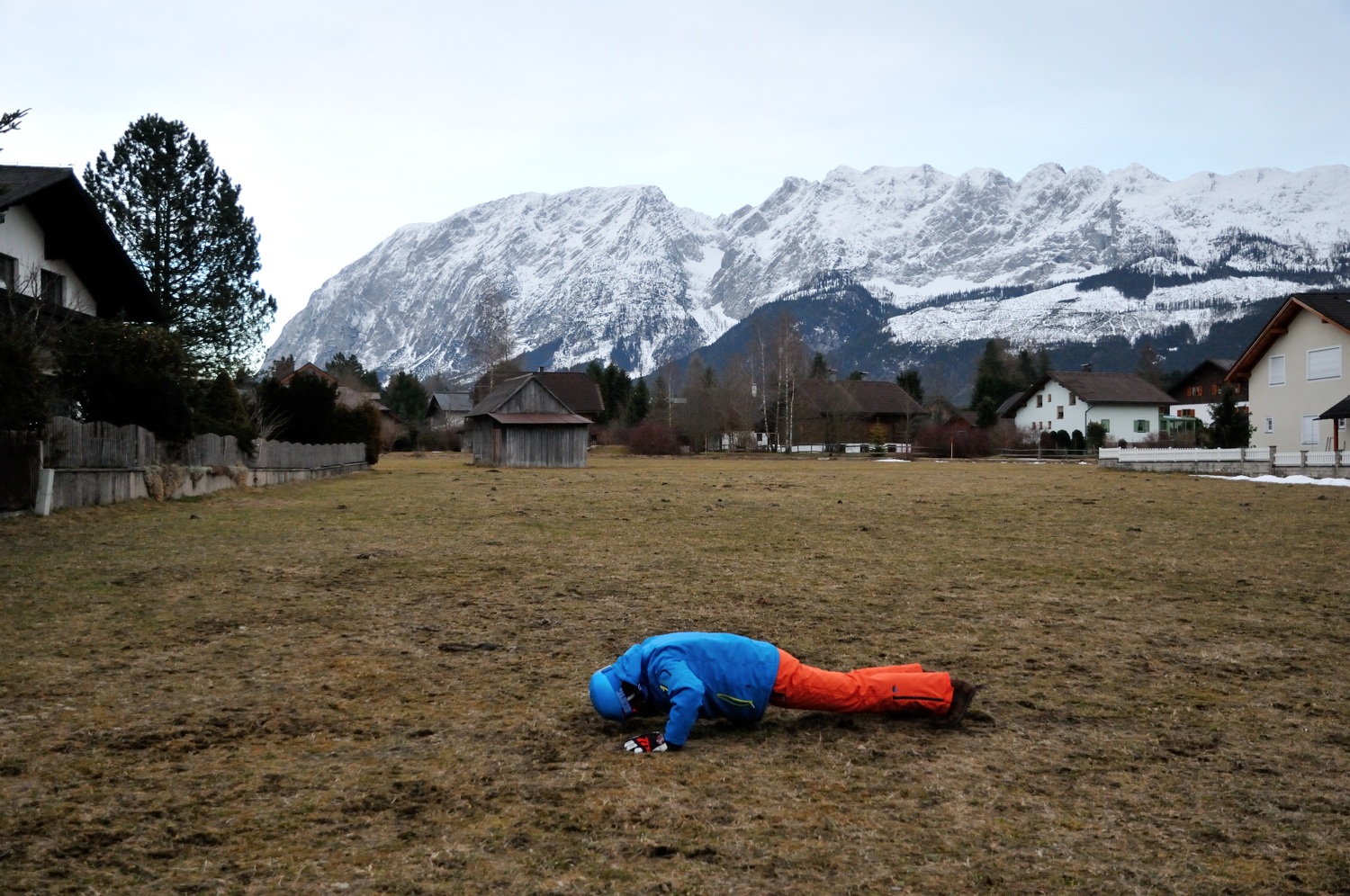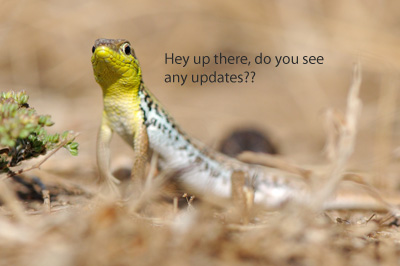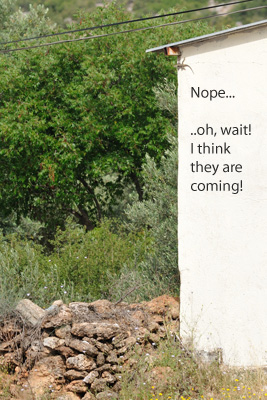spring!
- Details
Herpetological spring officially started here in Vienna! Those first guys (Common Wall Lizard) below are actually not that special for this season, cause they can be found outside during the whole year, given it's sunny and the exposition of the habitat is as rectangular as possible towards the solar radiation. Minus 2°C air temperature and ice in the shadow? No problem for wall lizards, as far as the wall is exposed to sunlight long enough and locally heats up above a certain temperature which could be (!) around 12 to 15°C.
 Common Wall Lizard (Podarcis muralis), male. |
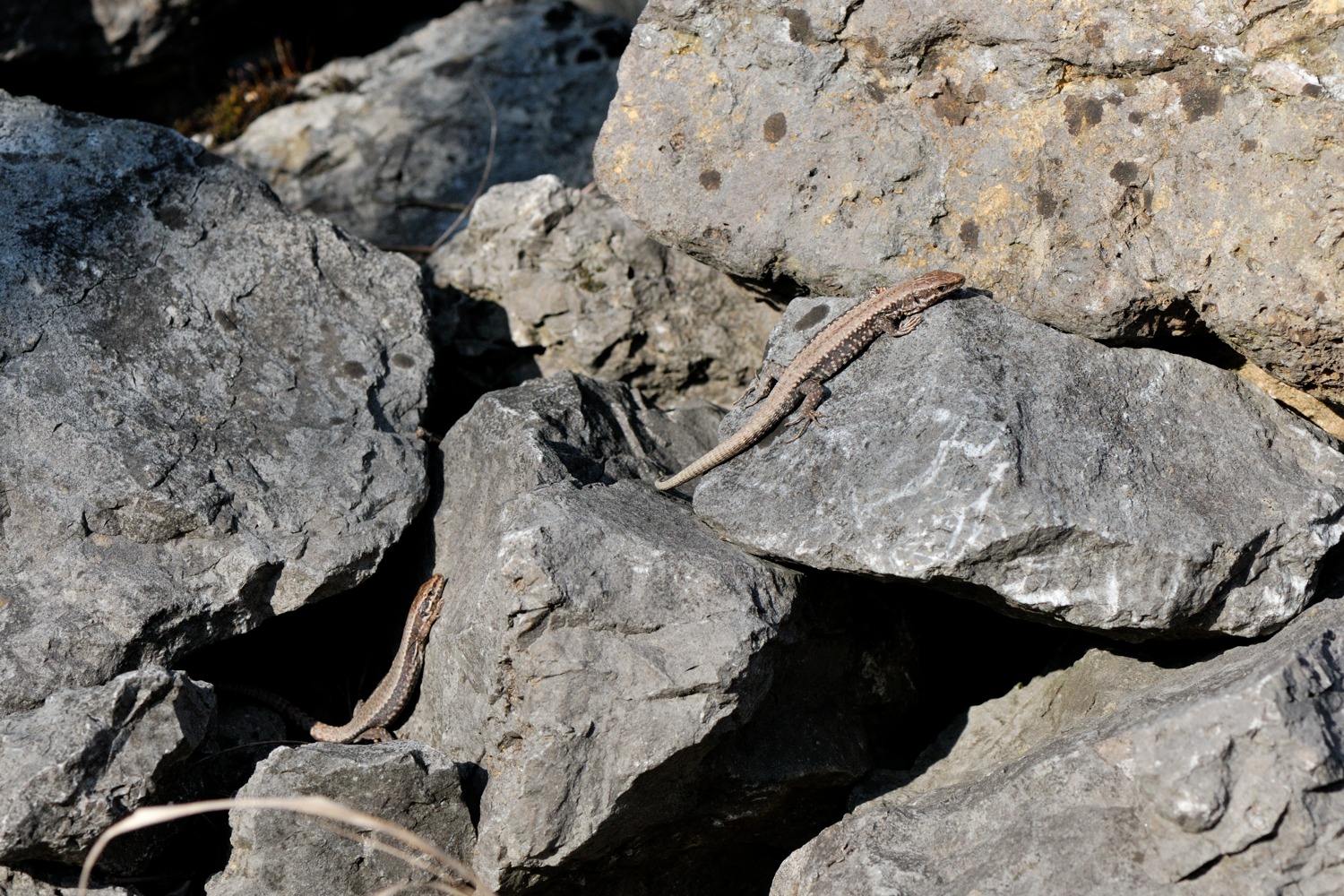 Same, left female, right male. |
The actual reason for spring-feeling and happyness are Green Lizards (Lacerta viridis).
Oh fuck. And I just overwrote the prior topic. Ahrg.
Back to the Green Lizards, they usually start being active when its spring-y, first the juveniles, which at very rare occasions can also be seen during very warm winter days, and then the adults, virtual the real spring-messengers!
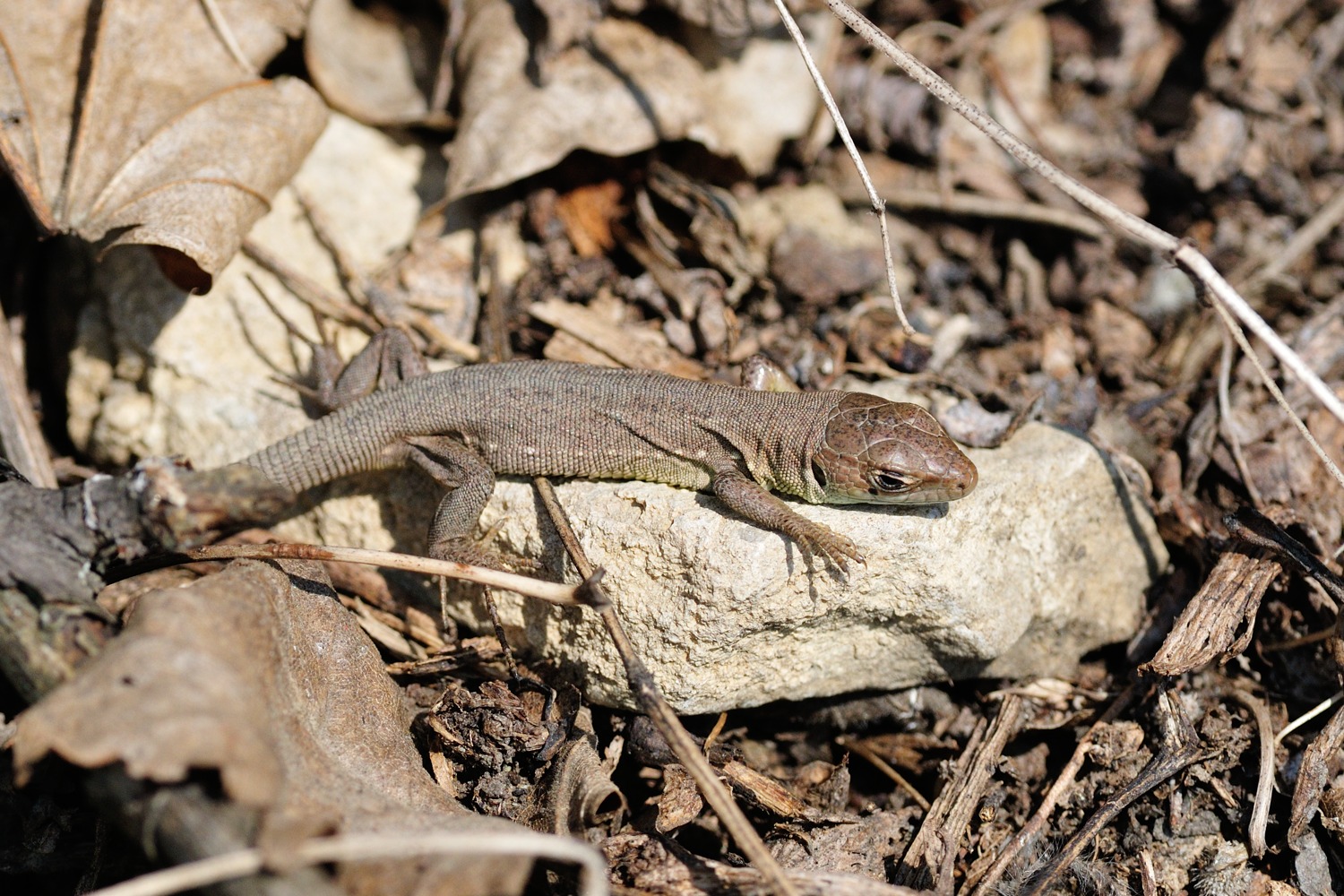 Green Lizard (Lacerta viridis), juvenile. |
 Same, adult male, but still not in mating coloration. |
So at the moment I'm very satisfied and already looking foward to the mating season, where the males get bright blue throats :-)
random holy-days
- Details
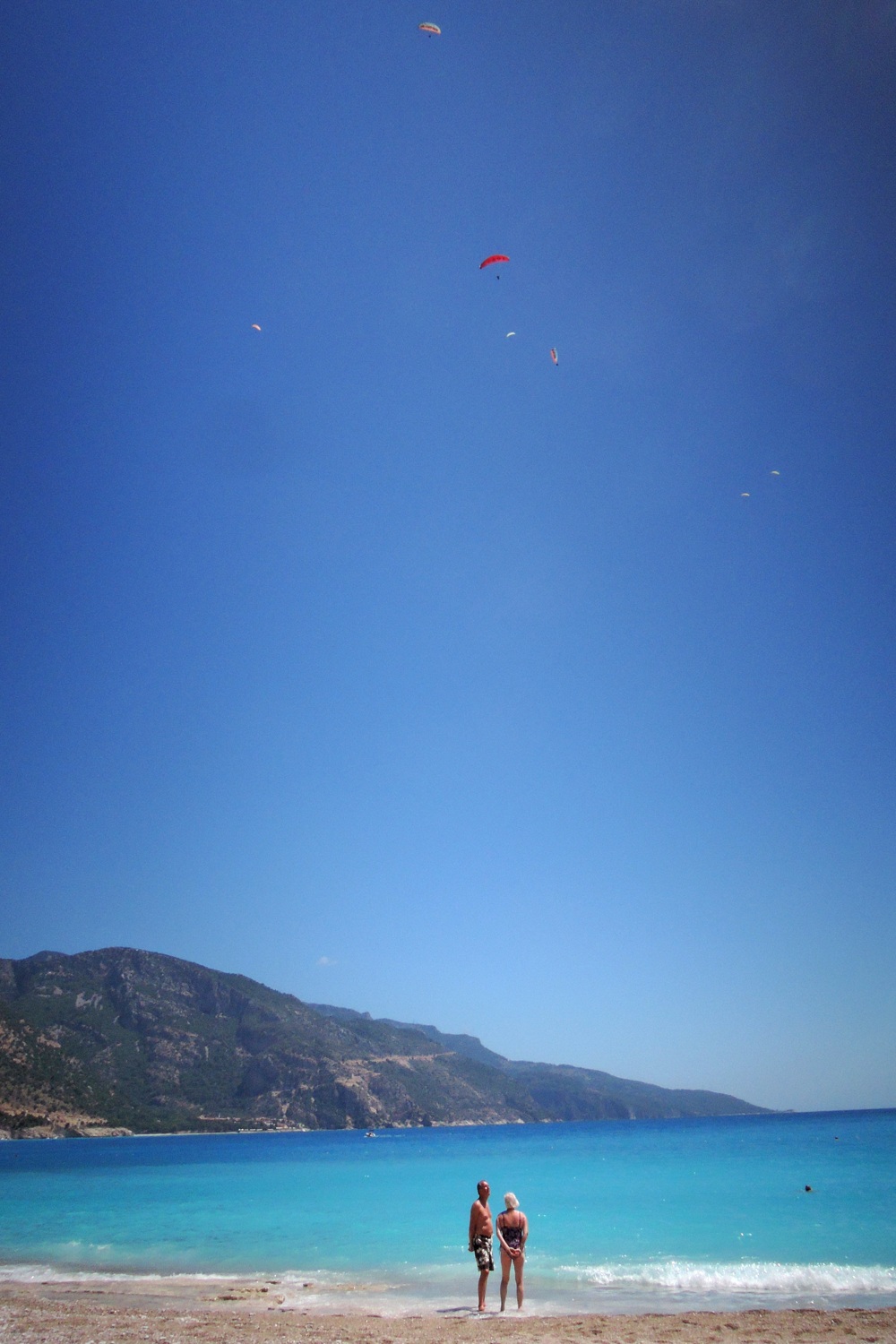 |
Left: beach where someone stole my pulse
monitor watch.
Below: the winner of the annual strip-contest does his warm-up.*
|
And as far as i finished sorting out the turkey pictures these days, here they are! Flames from the underground, weird turtles and uhm... no idea how i should place that cool song. I was a littlebit lazy, so not everything is named, and nothing exactly, but for an overview it should do well. Maybe, when I'm more in the mood, i'll rewrite everything here including the image tags. Well, a nice day of climbing is like an iv injection of motivation! So everything (hopefully) properly named now. Uh -- just to name a region, we were around Antalya on the (fail-ed) quest to find Vipera anatolica. Minor addition -- if you don't see anything like a gallery below, plz enable javascript.
*) I'm so sorry guys, but I won't publish that breathtaking competition here ;-)
again... updates...?
- Details
Page 14 of 22
